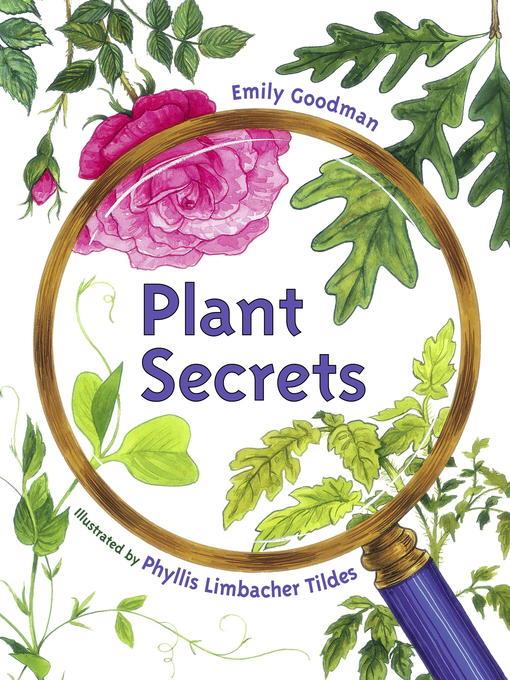
Plant Secrets
فرمت کتاب
ebook
تاریخ انتشار
2009
Lexile Score
720
Reading Level
2-3
ATOS
3.5
Interest Level
K-3(LG)
نویسنده
Phyllis Limbacher Tildesشابک
9781607341314
کتاب های مرتبط
- اطلاعات
- نقد و بررسی
- دیدگاه کاربران
نقد و بررسی

March 1, 2009
K-Gr 2-Children will look at plants with new eyes after reading this fresh introduction. The plant cycle is introduced, beginning and ending with seeds. After a short description of the many variations of a particular stage, the next page states, "But all these [plants, flowers, fruits, etc.] have a SECRET." Readers are asked if they can identify four key plants (peas, oak trees, tomatoes, roses) at each transition. Using recognizable descriptions, e.g., "round, like plates" or "like balls of fuzz" and getting no more scientific than "pollen," the text will draw readers into the wonder of the topic. Bold color-coded headings introduce each of the four stages. Realistic spot illustrations, beginning with the endpapers, present the variety described in the text. Only the closing endpapers include labels but identification of the other plants, both common and unusual, could be part of the fun. At each transition, the four key plants are framed by the lens of a magnifying glass. End matter includes further detail about each stage and the plant that represents it, e.g., peas for seeds, oak trees for plants, roses for flowers, and tomatoes for fruit. Use this well-designed volume as a the perfect launch to a unit on plants."Carol S. Surges, McKinley Elementary School, Wauwatosa, WI"
Copyright 2009 School Library Journal, LLC Used with permission.

March 15, 2009
Preschool-G This fully illustrated presentation introduces the secrets at each stage of a typical plants life cycle, starting with the seed and returning to it: the seed hides a tiny new plant, the plant can make a flower, the flower has the potential fruit within it, and the fruit contains a seed. The idea of a plants life cycle is developed through four examples simultaneously: the rose, the oak, the pea, and the tomato. In large-scale gouache paintings, other plants also appear on some pages, adding color and variety but also, potentially, a bit of confusion. Keeping the four main plants and the four stages of growth straight is probably complicated enough for the young audience targeted in this large-format book. The pages concentrating on those plants are pleasing in their simplicity and clarity. Throughout the book, the sentences are short and nicely cadenced for reading aloud. A good, early introduction to the stages of plant growth.(Reprinted with permission of Booklist, copyright 2009, American Library Association.)

























دیدگاه کاربران